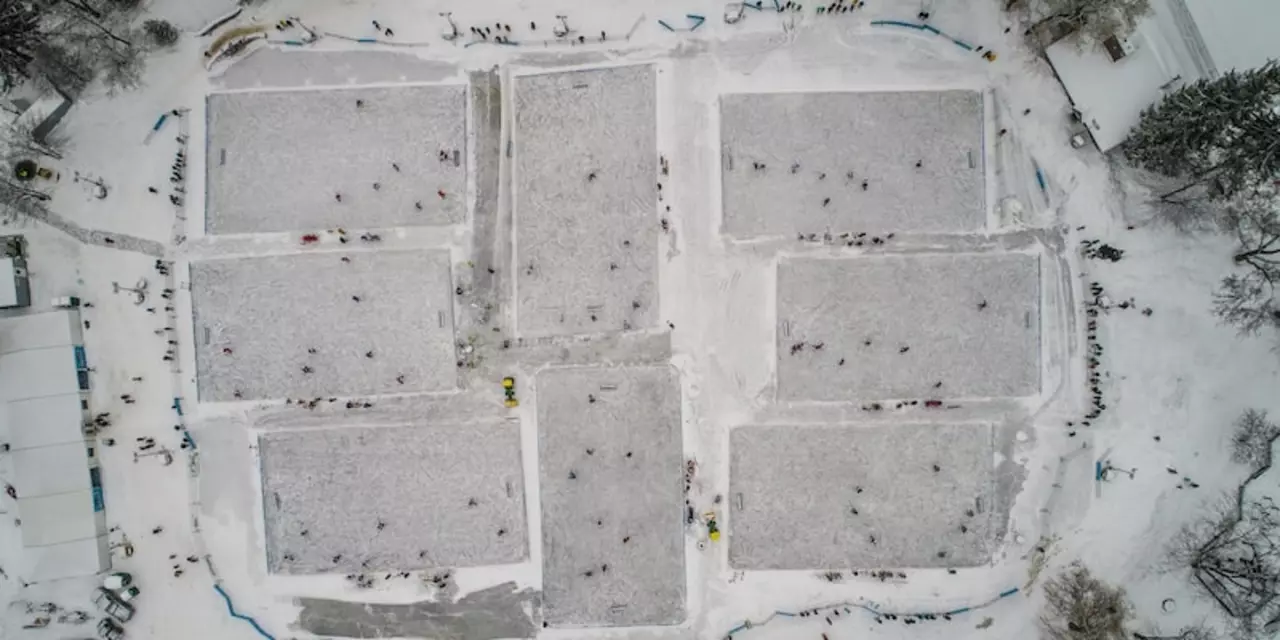Master the Puck: Simple Tips to Lift, Control, and Enjoy the Game
If you’ve ever tried to flick a tiny black disc up the ice and missed, you’re not alone. The puck may look simple, but getting it in the air takes a bit of know‑how. Below you’ll find easy steps to lift the puck, why that skill matters, and a few quick facts that make the piece of rubber more interesting than you might think.
How to Lift the Puck Like a Pro
First, check your grip. Hold the stick with your lower hand near the blade and your top hand a few inches up the shaft. Think of it like holding a pizza slice – firm enough to keep it steady, but relaxed enough to move quickly.
Next, position the puck on the back edge of the blade. That part of the stick is the launch pad. When you’re ready, bend your knees slightly, then roll your wrists forward while giving the stick a quick upward flick. The wrist roll is the secret; it adds the snap that sends the puck airborne.
Practice the motion without a puck first. Feel the snap of your wrists and the extension of your arms. When you add the puck, keep the motion smooth – no jerky pulls. A good lift lands the puck a foot or two off the ice, enough to clear a defender’s stick but low enough to stay in control.
Why Lifting the Puck Matters
Holding the puck on the ground is fine for slow passes, but a lift can break up a tight defense. A quick flick can make a teammate’s pass look effortless, or it can give you a moment to dodge a check. It also adds variety to your play style – opponents can’t predict whether you’ll keep it low or pop it up.
Beyond tactics, lifting the puck improves your overall stick handling. The wrist snap you use for lifts translates directly into stronger, more accurate shots. So every time you practice a lift, you’re also sharpening your shooting power.
Quick Puck Facts You Might Not Know
Did you know the standard puck weighs about six ounces and is made from vulcanized rubber? Its flat sides reduce bouncing, which is why it slides smoothly on ice. The black color isn’t just for looks – it provides high contrast against the white ice, making it easier for players and spectators to track.
Another fun tidbit: professional leagues use a slightly thicker puck for outdoor games to counter wind and temperature changes. The extra weight helps keep the puck from wobbling too much in the air.
Lastly, when you hear commentators mention “puck control,” they’re talking about the same skill set you’re building with lifts – precise stick work, quick hands, and good vision.
So grab your stick, find a smooth patch of ice, and start practicing the wrist snap. In a few minutes you’ll see the puck rising cleanly, giving you a new tool for every game. Keep it simple, stay relaxed, and have fun with that little black disc – the puck just might become your favorite part of hockey.
